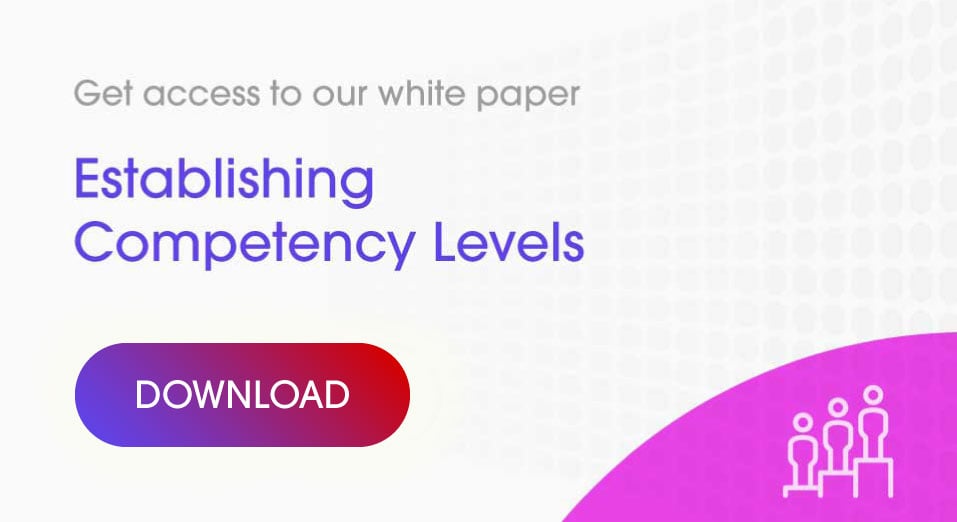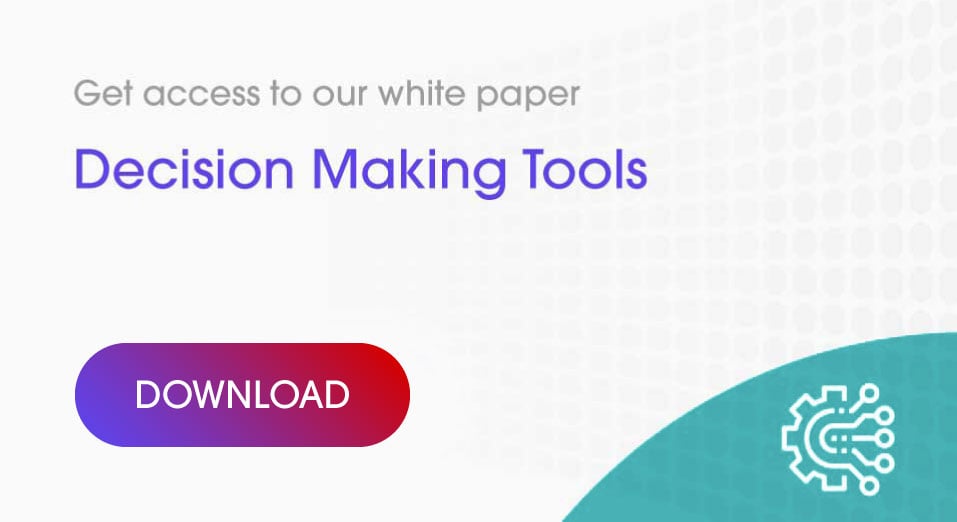The role of the Pharma Rep is evolving with the increased use of digital channels to engage and educate HCPs. The Rep role is changing from working alone to now having digital and other activities as one of many touch points in the overall customer experience.
In Pharma, we may still find companies using traditional sales targets and incentive schemes for the Reps. It could be time to consider whether these incentive plans are actually driving the right behaviours and results in a complex multichannel market place.
Why change?
Smart revisions of compensation models have been found to have a 50 per cent higher impact on sales than changes in advertising investments. [McKinsey, 2018]
Sales Crediting
‘Sales crediting’ is the process of aggregating sales at the prescriber or account level to customised geographies such as bricks, using one or multiple data sources, and then assigning these geographic level sales to a sales rep’s territory. This data, aligned to individual sales reps and their territories, is then rolled up to district or regional managers for incentive compensation. [Cognizant, 2018]
The 3 layers of the existing sales crediting framework are:
- Customer prescribing behaviours;
- Brand performance targets; and
- Individual sales targets.
Tracking the script is very complex due to HCPs working in multiple locations, multiple reps working in the same or overlapping territories, and regulations around prescription data sharing. This makes the crediting of sales to the individual a challenging task.
But, robust auditable sales crediting processes are essential to avoid demotivating reps.
Key Ingredients
According to McKinsey, effective sales incentive plans have two critical success factors [CSFs]:
- The sales force must have a proven significant impact on sales, through focusing on activities that add value and influence the HCPs prescribing decisions; and
- The company must be able to measure individual or team results by separating out each contribution and determining how much the actions have affected the sales performance.
We know how complex it can be to accurately measure an individual rep’s impact on scripts. In addition to this, the proliferation of digital channels makes the challenge of tracking results even more complex. As HCPs become increasingly independent seekers of information, and multiple field roles participate in customer-facing activities, what portion of prescribing behaviour change is actually due to the rep activities? Can we say that the two critical success factors cited above still hold true today?
Patient Centricity Trajectory
Another question is whether these sales incentives are driving the right behaviour and achieving customer satisfaction and positive patient outcomes. Although pharma is investing heavily in becoming more patient-centric, most incentive plans are unrelated to patient outcomes.
So how could these two things work in synch?
Back in 2016, Open Symmetry proposed that Pharma organizations become more reliant on Anonymous Patient-Level Data (APLD). These databases would provide the necessary information to evaluate territories by demographic and socioeconomic factors, project success rates and, eventually, capture physician or patient satisfaction. Plans would then be designed to measure this data against organizational goals to determine sales compensation.
This is a bold ambition yet to be realised.
So, is it time to rethink our sales targets and incentives, and align it to the nature of a cross-functional field force, patient-centric organization, and the new multi-channel market place we now operate in? Team-based incentives, social rewarding, and customer or patient outcome targets might be some options to explore.
Leveraging technology that gives us transparency and real-time management of sales performance is also essential. Such technology would ideally allow, where permitted, granular insights into each Rep or Team activity, and include advanced analytics across all channels.
Whatever your incentive plan, it should be well-documented, communicated, transparent and accurate.
---
If you are interested in our mobile learning solutions on digital channels, contact Actando.
The Actando Consulting Team




.jpg?width=850&name=shutterstock_621001451%20(1).jpg)


.jpg?width=850&name=shutterstock_189094745(1).jpg)





